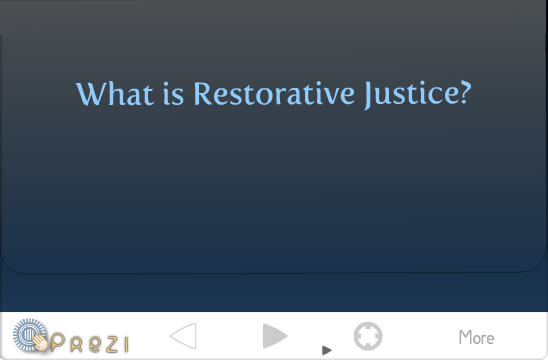Considerable research has been undertaken to ascertain public attitudes towards reparation or restitution, but less to assess attitudes towards a process, which uses both reparation and mediation. The public finds the idea of offenders paying restitution to victims attractive. There are limits to its use as an alternative to imprisonment and the public favors the use of reparation or restitution for less serious offenses and offenders. There appears to be considerable support for its use in relation to property offenders. The studies also indicated public acceptance of both reparation and victim-offender mediation with less serious offending and offenders. The focus group discussion research carried out in New Zealand indicated that there might be a level of support for using the process for a wider range of offenses.
Source: Vanspauwen, K., Robert, L., Aertsen, I., Parmentier, S. (2003), Restorative Justice and Restorative Detention. A selected and annotated bibliography. Katholieke Universiteit Leuven, Faculteit Rechtsgeleerdheid, Onderzoeksgroep Penologie en Victimologie.








No comments